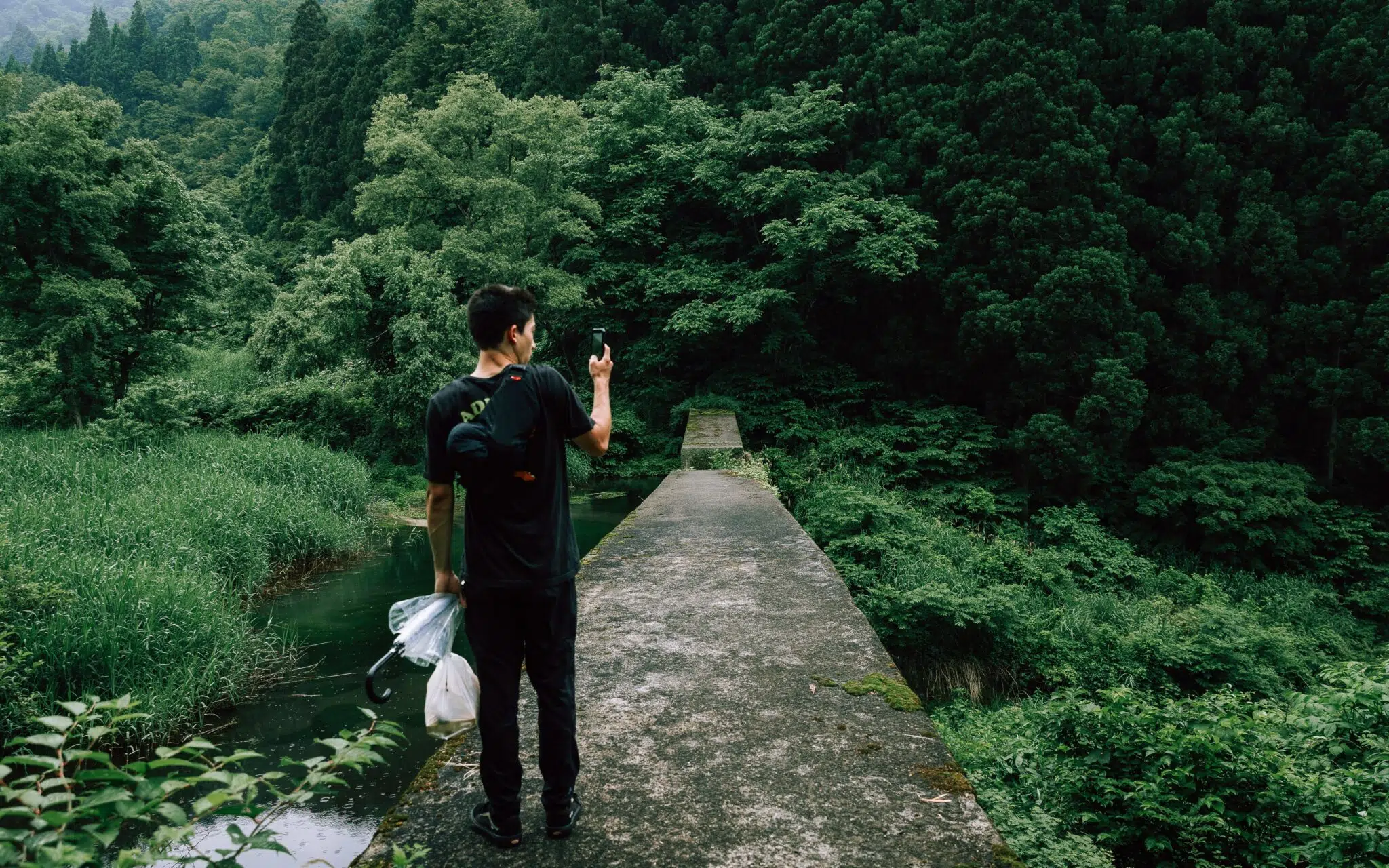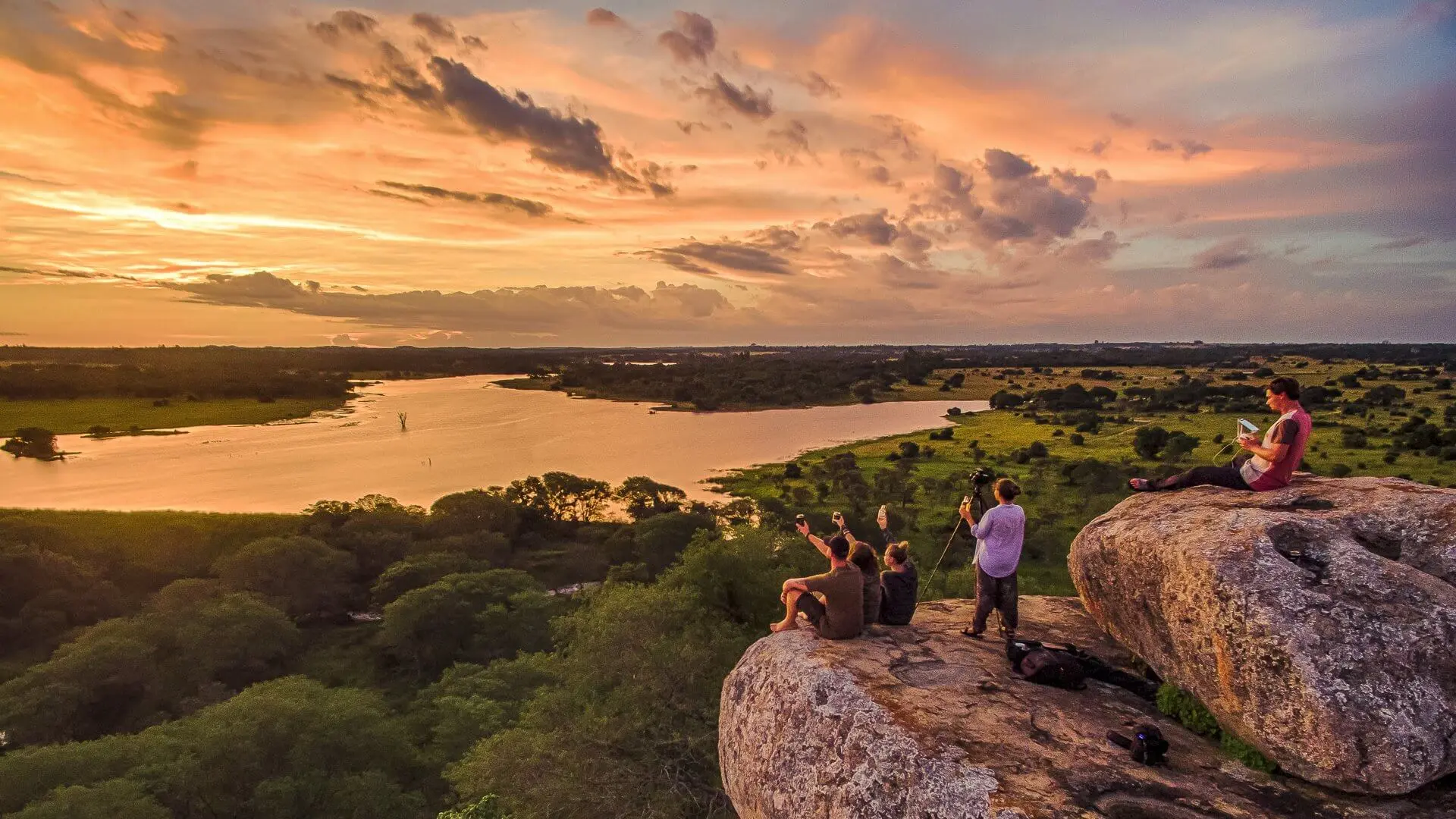Pre-departure Planning for Cape Town
Departure day for your volunteer or internship placement is fast approaching, but is the idea of packing your bags more daunting than the 12-hour flight? Knowing what to pack when traveling to a city, like Cape Town, that you’ve never been to before is overwhelming (we get it).
So, our Cape Town staff have come up with a master packing list for Cape Town of the necessary items you should pack when volunteering or interning with us.
Here Are the Best Things to Add to Your Packing list for Cape Town
1. Bring Clothes For All Seasons
What no one tells you about Cape Town is that you can sometimes experience all four seasons in one day. If you’re with us in the summer months (December to February), you can mostly expect hot, dry weather that can typically reach temperatures of 40°C. Swimwear and sunscreen are essential for this weather.
This is the most popular time for tourists, as many of those from ‘up north’ trade their white winters in for a beach holiday. So expect busy beaches and a very long line at the Table Mountain Cableway. And if you want to discover even more reasons why to volunteer in Cape Town, start with some advice from our previous volunteers.
March to May is the autumn season and probably the most pleasant time to visit Cape Town. It’s not too hot, and it’s not too cold. The city is no longer run by large groups of tourists, but rather by locals visiting the night markets and breweries. Although the temperature during the day is still warm, the evenings become quite chilly, so be sure to pack some long pj’s and a jacket or two.
Ever heard of the Cape Doctor? No, it’s not a healthcare professional, but rather a legendary south-easterly wind. Gale force winds, like something out of a movie, blow along the South African coast during the spring and summer. So although we’ve told you to pack your swimsuit, make sure you also pack layers that defend you against the cold nights!
Layers are also great for the winter, from June until September. While it doesn’t get as cold as what you can expect in the northern hemisphere, you’ll definitely need to pack long trousers, sweaters, scarves (we highly recommend scarves), and a rain/wind-proof jacket. That being said, there are still some beautiful days in winter, so throw in a pair of shorts or a dress, just in case!
Springtime is upon us mid-September, and with it, the spring rains (so bring a rain jacket and closed shoes). The grass really does become greener on the other side of winter, which can be best enjoyed at Kirstenbosch Gardens.

2. Have Your Plug Adaptors and Chargers Nearby
This is an obvious one, but some of our volunteers and interns tend to forget. South African electricity sockets require 230 volts, 50 Hz, and most often an M plug type. This is the same plug type used in India, Israel, and Sri Lanka.
Another important thing to remember is your charger! Our Cape Town projects nominate a ‘journalist’ every week who will be able to take photos while on project. Just a tip: this drains your battery like crazy. If you do have a portable charger, we recommend you bring it along. There is no worse moment while traveling than missing a great photo because your phone battery is dead.
3. Use Deodorant and Dry Shampoo
The Cape Town water crisis recently hit the headlines, and while it appears to be getting a lot better, the city is still in the middle of a particularly hard-hitting drought. Nonetheless, Capetonians are breaking records in their water-saving efforts (something no other community in the world has achieved).
As a response to the water crisis, joining an environmental sustainability volunteer program has shown to make a real impact, and at our volunteer house, we’ve jacked up our water saving practices. The ‘if it’s yellow, let it mellow’ practice was implemented, as well as shorter showers using recycled water. Although water restrictions in the City of Cape Town have decreased dramatically, we haven’t stopped saving. It’s become ingrained in the house, and it’s been a great learning experience for our volunteers. Water is, in fact, a non-renewable resource.
But, of course, we get dirty on projects. Your typical day will consist of playtime, games, sports, and coloring (or being colored in by the children). Considering our strict water saving protocols, the luxury of a 10-minute shower or candlelight bath is not possible. If our 90-second shower limits aren’t enough for you, be sure to pack your favorite deodorant and some dry shampoo (which is very expensive in South Africa, so rather bring it from home)!
4. Carry Your Camera or Smartphone
Cape Town is named year-after-year as one of the most beautiful cities in the world. It is absolutely mesmerizing to travelers, often being their first destination of choice in Africa. Tourist attractions like Table Mountain, Robben Island, and the Southern Tip of Africa are all stunning. And these places are guaranteed to remain in your memory years after you’ve left, but it’s also worth capturing them on camera.
The more mundane activities (at least to the locals) like hiking, wine tasting, and street art tours are what Cape Town is all about. Although the views will always be ingrained in your memory, there’s no harm in taking some sneaky snaps of it all to show folks back home. An eSIM is a great new piece of technology that ensures better coverage and, ultimately, better connectivity while you’re in Africa.
5. Contribute Through Donations
The African Impact Foundation helps to independently monitor our projects at African Impact and provides the necessary tools and expertise that help to ensure our sustainability. Just like African Impact’s other projects across the continent, our Cape Town initiatives rely heavily on resource donations from our volunteers. The African Impact Foundation ensures that donations, given by our volunteers, are managed responsibly.
Once your placement is booked, check your welcome pack for each project’s wish list. To help raise further funds, ask our team about FUNdraisers happening during your stay. They are an amazing way to get to know more of Cape Town’s restaurants, bars, and people, while also helping to raise some much needed funds for resources.

6. Keep Your Water Bottle on You
Being out on a project all-day (especially under the hot African sun) is thirsty work, so bring a water bottle with you that can be refilled throughout the day. The tap water in Cape Town is safe to drink, but our Cape Town team sells 5-liter bottles of water to refill yours in case you’d rather drink bottled water.
7. Wear Suitable Footwear
Be sure to pack a pair of closed shoes that you are comfortable in for when you are out on project, i.e., trainers or pumps (or sneakers or takkies, whatever you call them!). Not only are they great for day-to-day life as a volunteer, but Cape Town also boasts some of the most beautiful hiking trails with panoramic views, so you can use them pretty much anywhere.
It’s also advisable to bring a pair of shoes that are easy to slip on and off around the house, as well as going between the showers and the bedrooms. Flip-flops (we call them slops here) are ideal. If you’re considering throwing in a pair of heels in the mix (we’re looking at you, boys), bring them along! Cape Town has many great places to try out on nights out, and if that’s what you like, definitely pack for those nights out too.
8. Carry a Small Money Bag or ‘Bumbag’
Like in any other big city, pickpockets and opportunists are very common. To keep your valuables safe, it’s advisable to bring a small bag with zip compartments. This will make your time exploring the city much more relaxing and enjoyable. Also, bum bags are pretty on-trend right now, so you won’t look like a weirdo.

Why Choose to Volunteer in Cape Town with African Impact?
Now that you have all the information you need about what you should pack for a volunteer trip to Cape Town, make sure to read our safety and planning tips as well. This will help you be ready for a safe and enjoyable experience. If you’re still unsure, read more about why joining a volunteer project in South Africa or interning in Cape Town is a good idea.
Volunteering lets you give back to the community and create meaningful memories, while interning allows you to learn and grow in a real-world setting while contributing to important projects. Both options immerse you in the local culture, helping you create lasting connections and unforgettable moments!
If you’re still making up your mind, consider the wonderful opportunities for growing as a person, discovering new cultures, and helping responsibly through volunteering in beautiful Cape Town.
SHARE ONLINE
